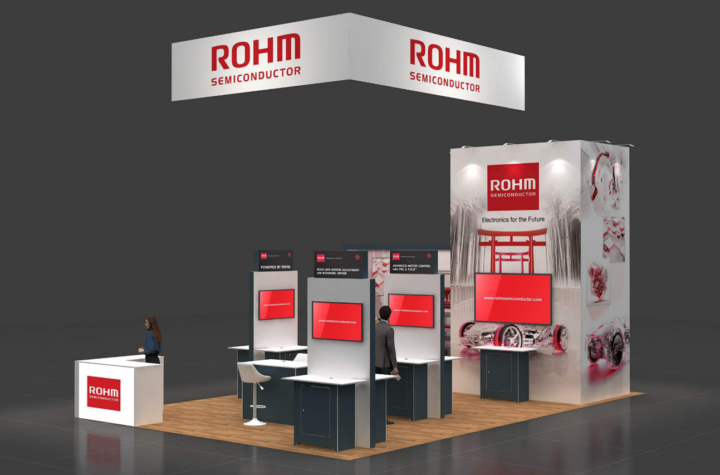
Cables have been an integral part of automotive design since the first motorized vehicles took to the streets. They are used in a wide variety of applications, including throttle cables, emergency brakes, chokes and air intakes.
Automotive Industries spoke to general managers Angeles and Carlos Juan of J.Juan, a Spanish company which has been supplying control cables, throttles, clutches, speedometers, brakes, starters and hydraulic brake hoses for the automotive and motorcycle industries for over 40 years. The family-owned firm is a leader in mechanical transmission cables, as well as the newer generation hydraulic brake hoses. Customers include most of the major OEMs in Europe.
The origins of J.Juan’s activities go back to 1945 when the original founder Jose Juan started with the manufacture of cables for bicycles. In that period, the commercial name was Talleres José Juan. J.Juan, started collaboration with the main manufacturers of vehicles and motorcycles and has been cited not only as a world-class leader in the mechanic transmission cable market, but also in the innovation and the technological development of a new product hydraulic brake hoses, J.Juan is seen as an important innovator in this field into the 21st century. Its new 13,000 square meter factory is located in Gava(Barcelona).
Automotive Industries (AI): What have been the major technological challenges over the past 40 years?
Angeles Juan: J.Juan started its activity as a cable supplier for the motorcycle industry, however some years after we were able to introduce our brake hoses in the carmaker industry and meet the requirements of these demanding customers. Moreover we keep being worldwide leaders in the motorcycle industry not just with our cables, but also with our brake hoses
AI: What do you see as the next generation of technology?
Carlos Juan: This is a difficult question to answer, but we guess that due to environmental reasons the technology applied to the motorcycle industry is willing to achieve a new concept motorcycle which can be fully electronically operated. In the long term this will favor even much more the introduction of more completed electronic systems in the motorcycle design, but perhaps in the short term and in order to optimize the life of batteries, the manufacturer will keep using mechanical systems that do not imply an increase in the use of electric power.
AI: What does the introduction of drive by wire systems mean for the design of control cables?
Angeles Juan: It’s very clear for all of us that nowadays control systems are being replaced by electronic systems, based in microprocessors, which actually are currently being used for instance for speedometer application, that are no longer designed with mechanical cables, but electronic. Moreover the introduction of microprocessors will allow us to better evaluate and get more accurate statistical information of some parameters that never before could be monitored in this way.
AI: Will we see the introduction of new materials?
Carlos Juan: We are positive about this, the introduction of new materials it is a very important fact, since there are worldwide a lot of organizations investing money in order to achieve this goal.
AI: What do you see as your main strengths when dealing with OEMs?
Angeles Juan: Co-design: High attention and direct cooperation with the customer since the beginning of the project
Flexibility: An agile and quick industrialization and high flexibility in production.
Quality: High standards of quality with certification from TUV and AMECA, which guarantee our products all around the world.





More Stories
Tools for Efficient Brake Maintenance
What Makes an Indian Motorcycle Stand Out from the Competition?
Why a Toyota MR2 for Sale is the Perfect Sports Car Choice